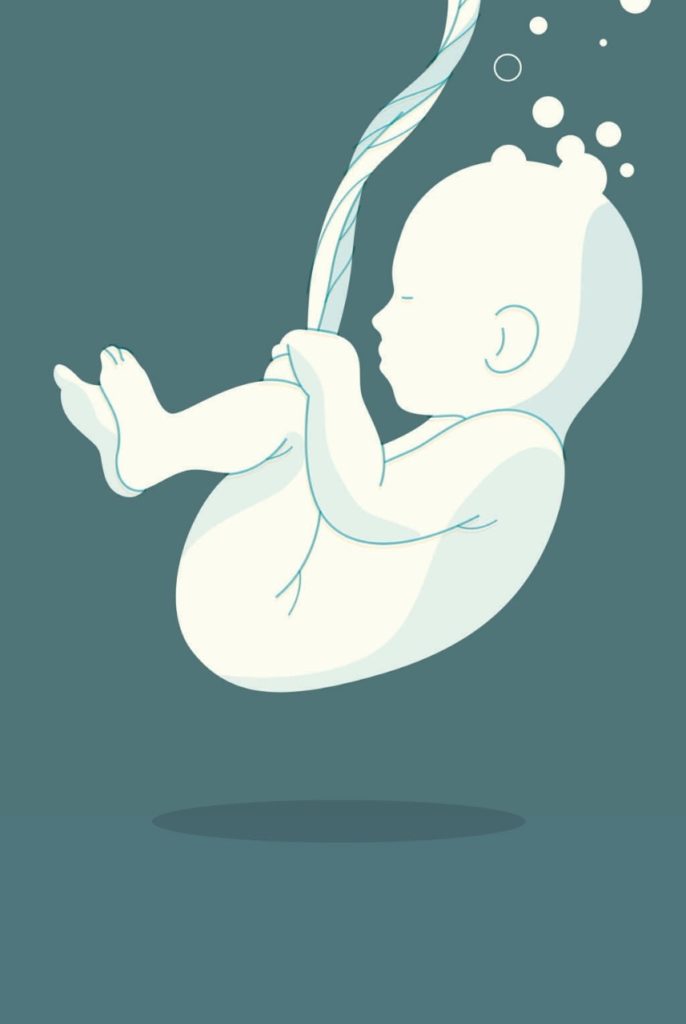Baby brain science
New research links preemie brain injury from low oxygen to specific cells.

New research could make it possible to drastically reduce the odds that premature babies will suffer brain damage from hypoxia, or episodes of low oxygen.
Studying brain spheroids — pinhead-sized balls of brain cells grown in culture that mimic structural and functional aspects of the developing human brain — researchers found the cells that are most susceptible to hypoxia damage and discovered a clue for reversing the damage.
Premature babies can have dips in oxygen levels because their lungs and the brain center that controls breathing are immature. Resulting brain injuries can lead to neurological and psychiatric disease, said Anca Pasca, MD, lead author of a study published May 6 in Nature Medicine.
“In the past 20 years, we’ve made a lot of progress in keeping extremely premature babies alive, but 70% to 80% of them have poor neurodevelopmental outcomes,” said Pasca, assistant professor of pediatrics and a neonatologist at Lucile Packard Children’s Hospital Stanford.
After growing the brain spheroids until their development was similar to human brain tissue midway through gestation, Pasca’s team exposed them to low oxygen for 48 hours, then restored oxygen levels. Changes occurred after 24 and 48 hours in genes that respond to hypoxia. And at later stages, hypoxic stress disrupted the development of neurons.
The researchers also found that the experimental drug ISRIB could prevent hypoxia-induced changes, indicating that drug treatments for preemies’ brain injuries are possible.
